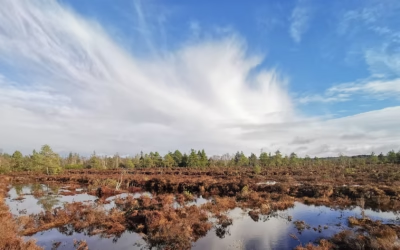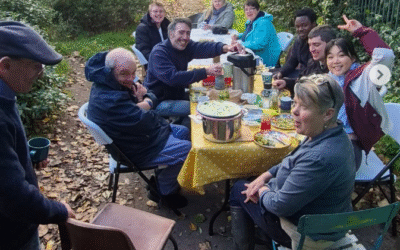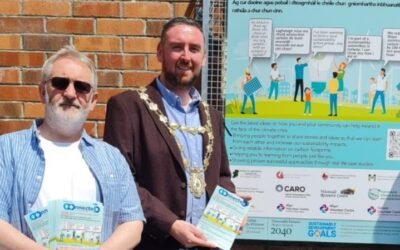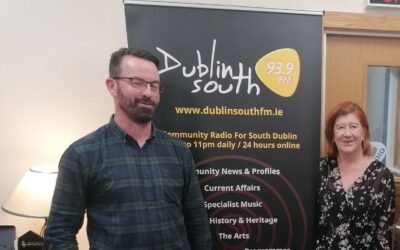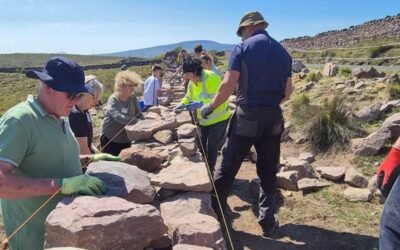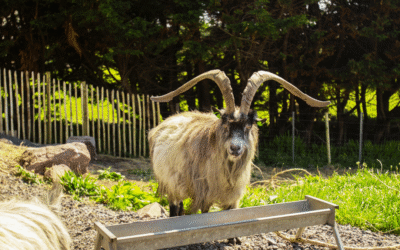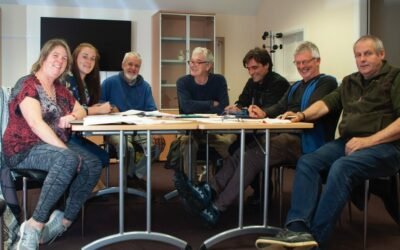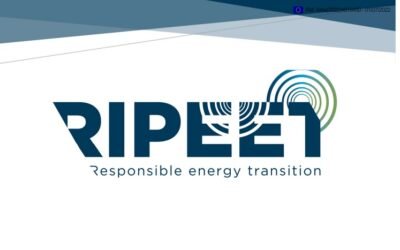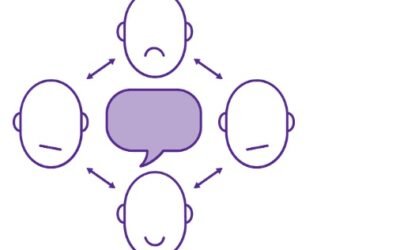Stakeholder Management

Getting a good team together is a very important start. This needs something called called ‘stakeholder engagement’: this means finding out who the people, and the other groups that are in your community that match your aims and seeing if they can help you. They can be people like you or organisations like your county council Typical stakeholders are:
- Someone good at communicating who can set up and record meetings
- Someone who is good at finances – you may need a treasurer
- The Community’s Schools Green committees
- Local Sports clubs
- The local authority’s sustainability officer
There are many more really important stakeholders that you may need – you can find out who they may be and how to engage with them using the resources below.
Abbeyleix Bog Project
A loal community saw that their bog was being harmed by commercial harvesting of peat for horticulture. They believed this was not in the best interests of local nature and biodiversity. They began a campaign that took eight years to protect the bog with the agreement of the owners. The active raised bog habitat increased by 1,130% from 2009 to 2020. They created a vital local amenityfor the community and its visitors.
Togher Community Garden
This garden has made a habitat for nature so that biodiversity has increased in this space so close to the city of Cork. But at the same time it is clear that Mandie, Marie, and everyone else in the project sees how important it is to include many people and groups. “It was a challenge at the start to convince people that the garden wasn’t going to be vandalised and that if it was, then we would just fix the issue not highlight it in the community not to be negative about any vandalism. It was important to include the kids and teenagers…”
West Side Resource Centre – a supportive, local ecosystem. Podcast with James Coyne
The Westside Resource Centre is a hub for the community where people can find resources and make connections to help kickstart their sustainability actions – there are resource centres and community hubs throughout Ireland: find yours and start your own action. In our latest podcast, Maeve from the Climate Connected series speaks with James Coyne, the CEO of the Galway Westside Resource Centre, about how his community-focused organisation is tackling climate and environmental issues from the ground up.
Mulranny Community Futures with Seán Carolan
Sean Carolan from Mulranny Community Futures talks to Maeve Halpin in our Podcast Number 3. The Mulranny story demonstrates that transformative climate and community action is possible through a structured model of deep community engagement, respectful collaboration, and strategic coordination. It proves that when citizens are genuinely empowered to design their own future, they generate innovative, locally-suited solutions that also contribute to global sustainability goals.
Stone Wall Festival — Rebuilding heritage the regenerative way
What started as a small, hands‑on community weekend became an example of regenerative tourism (where vistors make a place better while they visit it): visitors learn a traditional craft, rebuild a section of wall, and leave a visible legacy on the Great Western Greenway.
Working with Nature: The Rosmurrevagh Dunes Conservation Project
The Rosmurrevagh Dunes Project is a very strong example of community-led ecological restoration based in observation, care, and long-term commitment. Started by local farmers in 1996, the project began as an answer to bad erosion and . Over time, it became a leading example of learning together and how to protect the land from the sea using natural ways and not just building walls. Today, Rosmurrevagh is known as one of Ireland’s strongest sand dune systems. This was not just against erosion from the sea, but because the community learned to work with nature.
Old Irish Goat Project – Reviving Heritage for a Resilient Future
What started as a search for a lost native breed has grown into one of Ireland’s most innovative examples of community-led climate action. In Mulranny, County Mayo, a local group came together to protect the Old Irish Goat — a rare and ancient animal deeply connected to Irish culture. Today, their work blends conservation, education, and land management in ways that support both biodiversity and climate resilience.
Aran Islands’ Energy Co-operative
A community owned energy cooperative representing the 3 Aran Islands. Lifetime membership is open to everyone who lives on the Islands for a fee of just €100. The cooperative is non-profit with all of the benefits going back into the community. The co-op shows how ordinary citizens can have big impacts on their community – but set things up right on a firm base.
RIPEET Transition Labs Handbook
The handbook digs deeper into the ‘Transition Lab’ approach for energy transitions. It shows a clearly well set out approach on how to set up, and run sustainability meetings.
The Sketch Game: discovering your team’s diversity
A drawing exercise that shows us how we can have different ideas and views on various subjects and/or goals. This shows how people come from different cultures and have their own views and ideas. It helps show that we all are equal and need respect.

